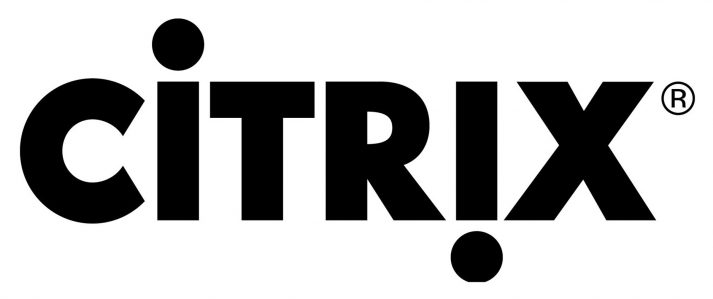Cool Solutions – Redmine: project management
What are Cool Solutions?
At Univention we define Cool Solutions as solutions which expand UCSs with expedient and useful functions and which are deployed successfully by our customers. We regularly present these solutions in Wiki as Cool Solutions articles.
The Univention blog is a collection of the most popular Cool Solutions. Today, we will be looking at Redmine, a free project management software which we have been using in professional services for many years for internal administration and to coordinate customer projects.









